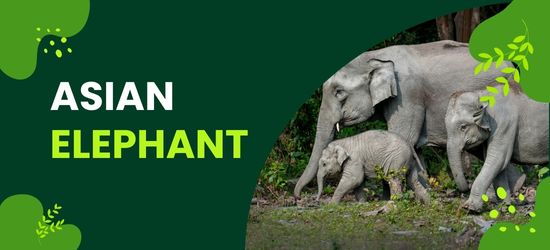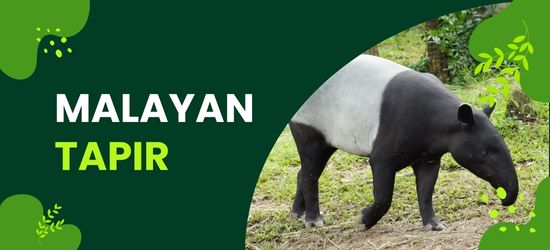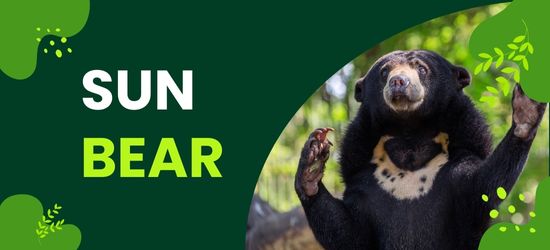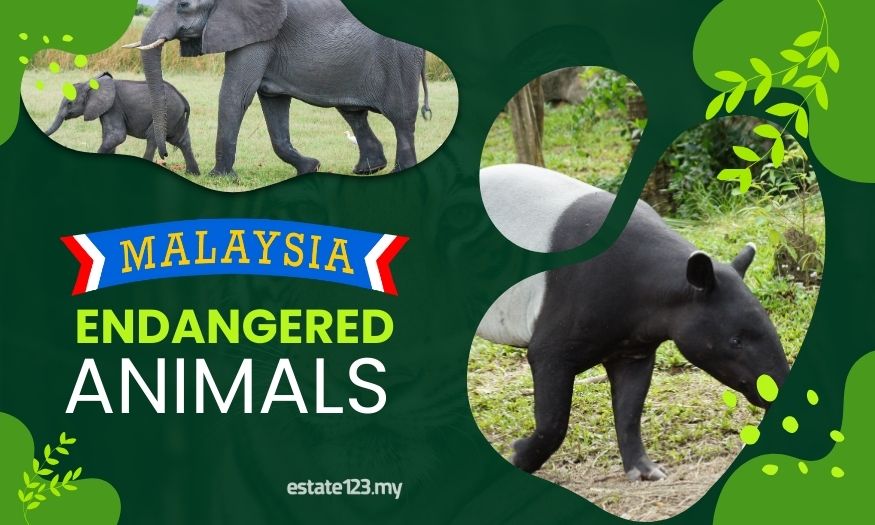If you’ve ever driven through Malaysia’s lush rural roads or winding highways near forest reserves, you might have noticed those yellow signs warning you about wildlife crossings. Sadly, many of us forget to slow down or take them seriously — until it’s too late.
Across the country, road accidents have become a silent killer for some of Malaysia’s most iconic and endangered animals. As development continues to carve highways through rainforests, more wildlife is ending up as roadkill, sometimes with devastating consequences for already fragile species.
Here are 7 endangered animals that are most at risk on Malaysian roads, and why every driver needs to pay attention.
Asian Elephant

They’re massive, majestic, and surprisingly quiet. Malaysia’s Asian elephants often travel along ancient migratory routes—routes now cut through by highways. Especially in states like Perak and Kelantan, elephants attempting to cross busy roads like the Gerik-Jeli Highway are frequently hit, sometimes fatally.
A recent tragic case involved a mother elephant being struck and killed by a vehicle—leaving behind her calf. These aren’t isolated incidents. As forests shrink, elephants are forced to navigate fragmented terrain, putting them right in harm’s way.
Tip for drivers: Slow down in forest zones and stay alert, especially at dawn and dusk. Elephants are huge, but they’re surprisingly hard to see until it’s too late.
Malayan Tapir

Often mistaken for a strange mix between a panda and a pig, the Malayan tapir is one of Malaysia’s most unique mammals — and one of the most common roadkill victims. With their poor night vision and slow, deliberate movement, tapirs often wander onto roads in search of food or while migrating between forest patches.
From 2011 to 2021, over 70 tapirs were killed by vehicles, especially along roads in Pahang, Perak, and Terengganu. Many of these accidents occur at night when tapirs are most active and hardest to spot.
Did you know? Tapirs play a vital role in seed dispersal, helping to maintain forest ecosystems — losing them affects more than just their species.
Malayan Tiger

With fewer than 150 left in the wild, the Malayan tiger is critically endangered — and shockingly, even roads are a threat. As forests are carved up by development, tigers are forced to cross highways in search of food, mates, or territory.
Major infrastructure projects like the Central Forest Spine highway network cut through prime tiger habitats, breaking up crucial wildlife corridors. These crossings are perilous: collisions with speeding vehicles have already claimed the lives of a few individuals — and with a population this small, every death matters.
Conservation note: NGOs like WWF-Malaysia are working to build wildlife crossings (eco-bridges) to help tigers and other animals travel safely.
Sun Bear

The sun bear may be the smallest bear in the world, but it faces some big dangers — especially on Malaysia’s roads. These shy, nocturnal animals often wander close to human settlements in search of food like fruit or insects. When forests are cleared or fragmented, roads often run straight through their foraging routes.
Because of their dark coloring and small size, sun bears are difficult to spot at night, even with headlights. And like many forest-dwelling species, they tend to freeze in place when startled, which increases the chance of collision.
Quick fact: Sun bears are an essential part of forest health — they help control insect populations and disperse seeds.
Dusky Langur (Spectacled Leaf Monkey)

With their wide, white-ringed eyes and expressive faces, dusky langurs — also called spectacled leaf monkeys — are local favourites, especially in areas like Langkawi, Penang, and Kedah. But these tree-dwellers are facing a deadly new challenge: urban roads slicing through their habitat.
As forests give way to development, langurs are often seen leaping between trees over roads or electrical lines. The problem? The gaps are often too wide, and many fall or misjudge their jumps, landing on roads or being struck by vehicles.
Conservation insight: Langurs are highly social and emotional animals — accidents don’t just harm one monkey, but often affect entire groups.
Slow Loris

The slow loris might be adorable with its big eyes and tiny limbs, but its slow, deliberate movements put it at serious risk when roads cut through its habitat. These nocturnal primates live in low forest canopies, often near rural towns or plantations — and sometimes cross roads in search of food or mates.
Unfortunately, their sluggish speed and the fact that they blend into the night make them nearly invisible to speeding drivers. Even worse, many people don’t recognize them as endangered, so sightings or roadkill often go unreported.
Did you know? The slow loris is one of the only venomous mammals — but don’t worry, it’s not a danger to humans unless mishandled.
Sunda Pangolin

Often called the “scaly anteater,” the Sunda pangolin is a quiet, secretive creature that’s sadly on the brink of extinction — and not just because of poaching. These shy animals roam widely at night in search of ants and termites, which often leads them to cross roads near plantations, parks, or villages.
Their armor-like scales might protect them from predators, but not from vehicles. Pangolins are slow-moving, and like the loris, they’re incredibly difficult to see at night. Tragically, many are hit before drivers even notice they’re there.
Double threat: While pangolins are the most trafficked mammals in the world, roadkill adds another layer of danger to their already critical status.
Conclusion: Drive Like Their Lives Depend on It — Because They Do
Every time we get behind the wheel, we share the road with more than just other drivers. Across Malaysia, rare and endangered wildlife are trying to survive in an increasingly fragmented world — and our highways are often the most dangerous part of their journey.
From the mighty elephant to the shy slow loris, these animals aren’t just victims of circumstance — they’re signs of an ecosystem under pressure. And while it might seem like a single collision doesn’t matter, for a species with only 150 individuals left, it absolutely does.
🚗 What You Can Do:
- Slow down in forested and rural areas, especially at dawn, dusk, and night.
- Watch for animal crossing signs — they’re there for a reason.
- Report roadkill sightings to local authorities or conservation groups.
- Support wildlife conservation through awareness and donations.
If you want to help protect these animals, visit WWF-Malaysia to learn more about ongoing conservation efforts and how you can contribute.






